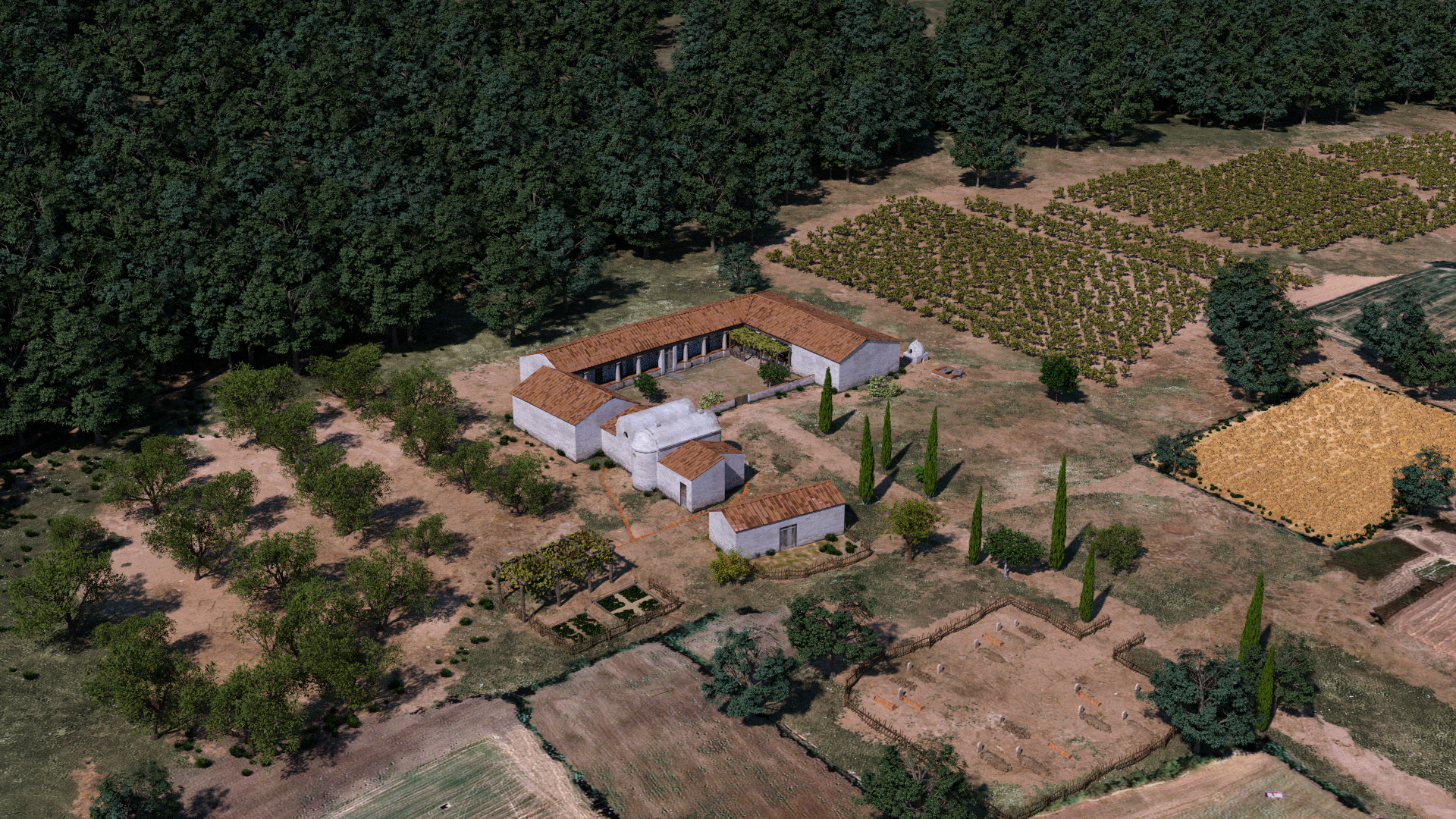
Giants of Prehistory. Megalithism and Early Social Complexity in Antequera and Valencina
Our research focuses on the temporal spatial and social context of Late Neolithic and Copper Age monumentality. The baseline of our approach is to overcome the severe limitations of one hundred years of culture-historical research focused on the monument as a container of beautiful objects. Our project departs from three general deontological and epistemological premises: (i) minimum invasion and destruction of the archaeological record; hence, while the emphasis is placed on non-destructive methods of fieldwork and analysis, archaeological excavation is kept to a minimum and only used in a targeted and purpose-specific way; (ii) study of already existing collections, particularly from rescue excavations carried out as a result of public works and interventions; (iii) systematic and thorough publication of results and sharing of results with the scientific community, hence avoiding the problems of collection-hoarding we have suffered in the past. The epistemological framework of reference for this project is provided by the biographical and landscape approaches to prehistoric monumentality, as previously successfully applied to other major megaliths, thus leading to a considerable expansion of previous approaches. This project uses two case studies: the Menga dolmen and the Montelirio tholos. They are both part of larger, very complex archaeological sites: the Antequera megalithic landscape, and the Valencina Copper Age mega-site, respectively.
After its inclusion in the UNESCO World Heritage List on July 15th 2016, the Antequera megalithic landscape, formed by the megalithic monuments of Menga, Viera and El Romeral and two natural formation, La Peña de los Enamorados and El Torcal, has become the third ‘classic’ site of Spanish Prehistory, alongside Altamira and Atapuerca. Despite recent advances, the great Antequera site still suffers from a severe deficit of qualified scientific research. Further research is needed towards, firstly, the construction of substantive theories regarding the social and cultural context in which the genesis and later biographies of the Antequera monuments occurred and, secondly, towards a scientifically informed practice for their conservation, management and public dissemination.
Similarly, research at the Valencina Copper Age mega-site has achieved significant advances in the last ten years. Our 2016 Montelirio monograph, which had instant impact both at a national and international level, reveals the enormous potential of this site to study early forms of social complexity. Valencina was home to some of the beautiful megalithic monuments of 3rd millennium Iberia and to an accomplished tradition of craftmanship, unrivalled across Europe, in lithics, ivory and textile-making.
The research undertaken at both sites is heavily interdisciplinary and involves collaborations with several institutions across Europe and North-America.

Period
Final Neolithic and Copper Age (c. 4200 and 2200 BCE). Both monuments show strong evidence of re-use during Recent Prehistory, Protohistory, Antiquity and the Middle Ages.
Institution
Department of Prehistory and Archaeology, University of Seville (Spain).
Web and social networks
Principal Investigators
Dr. Leonardo García Sanjuán
Professor of Prehistory. Department of Prehistory and Archaeology, University of Seville (Spain).
Location
Malaga and Seville, Spain
LOCATION
RESULTS
Considerable increase in scientific knowledge, academic recognition, heritage reputation and social and cultural prominence of Menga and Montelirio both nationally and internationally. Increased presence of the two sites in the debates and syntheses of European Recent Prehistory.
- Dolmens of Antequera, World Heritage Site by UNESCO in July 2016.
- The creation of a strong current of citizen and civil awareness and public interest in the Montelirio tholos in the city of Seville as a whole, and especially in the municipality of Castilleja de Guzmán where the monument is located.
- Menga, traditionally described as a “sepulcher” in most of the literature, we have shown that the nature of the monument goes far beyond the merely funerary, and that in fact the funerary dimension was probably secondary in its original conception, being better described as a “temple” dedicated to the most important concepts within the Neolithic worldview; the forces of nature, such as the sun, earth and water. Likewise, we have successfully demonstrated that the biographical approach and the multi-disciplinary approach to research are key to understanding monuments of great complexity and antiquity.
- In the case of the Archaeological Zone of Valencina-Castilleja, our investigations in the tholos of Montelirio and the PP4-Montelirio sector have allowed us to propose new interpretations of this mega-site, which currently plays a leading role in the debate on the emergence of complex societies in European Recent Prehistory.
FOTOS
- Bite marks confirm gladiators fought lions at York (Heritage Daily 23/04/2025) - 24 April, 2025
- Ancient DNA challenges long-held assumptions about the Mediterranean Phoenician-Punic civilization (Phys.org 23/04/2025) - 24 April, 2025
- Neolithic agricultural revolution linked to climate-driven wildfires and soil erosion (Phys.org 22/04/2025) - 23 April, 2025























